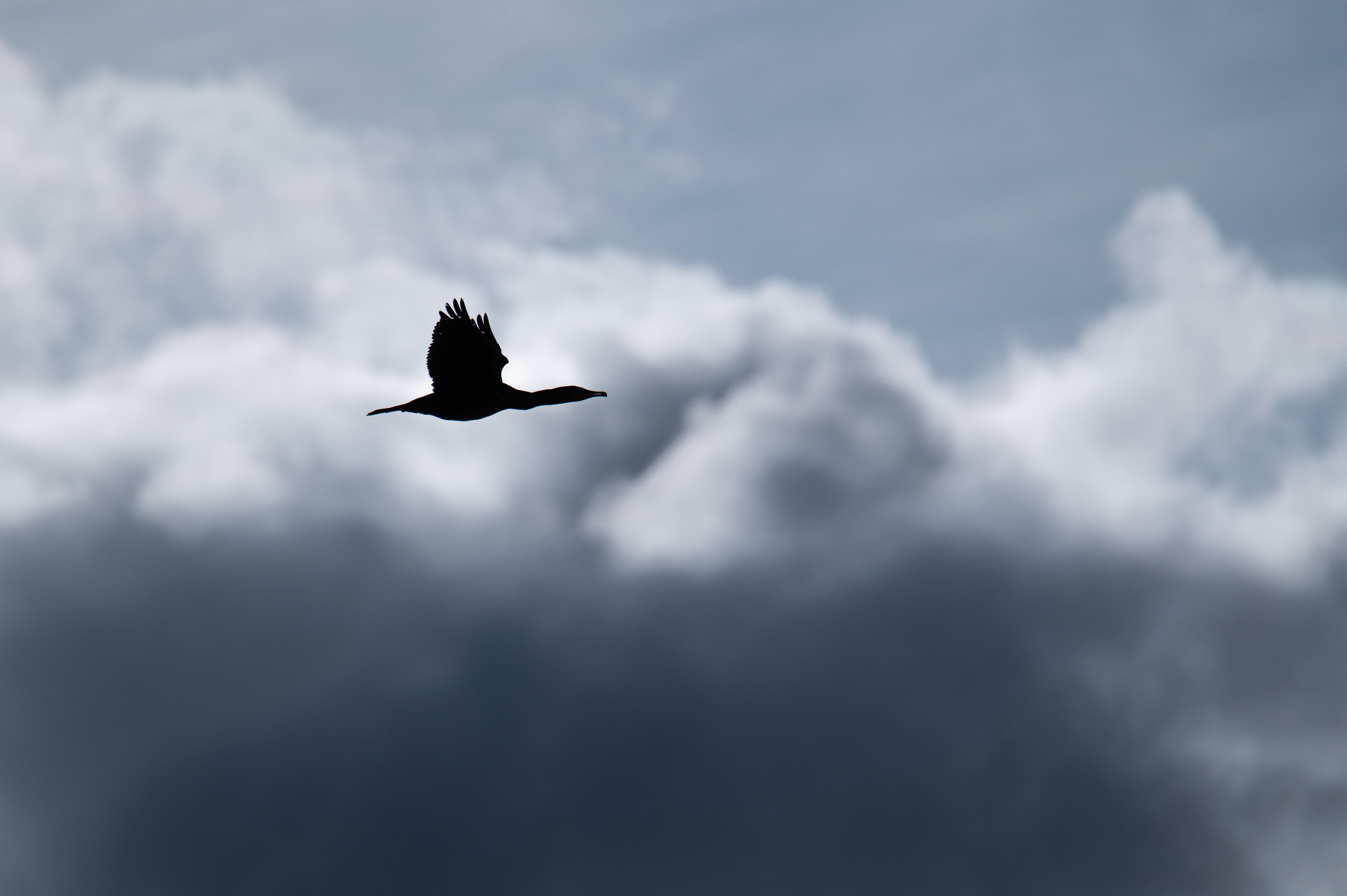How do plants and animals get an Estonian name?
Although a name is not quite the same as a designation, they are usually not distinguished in colloquial language. A name is given to an actual being, such as calling a dog Max or an oak the Viiralt oak, while designation is a general term, such as a dog or an oak. Estonian names for beings are terms that are created or organised by terminology committees, such as the Estonian Bird Names Committee, the Botanical Terminology Committee, etc.

A scientifically described taxon, such as a species, is given a scientific or so-called unique Latin designation. The scientific name is published together with the description of the species and it consists of the name of the genus and the species epithet. Scientific and Latin names do not really have the same exact meaning. Although the scientific names of beings are written according to the requirements of the Latin language, many of them actually include words of Greek origin or those derived from personal, place, and other names in other languages. In addition to the scientific Latin names, there are also common Latin names that were used before the establishment of the scientific nomenclature and are still in use today.
International codes are the starting point for the giving of scientific plant and animal names. Both the International Code of Nomenclature for Algae, Fungi, and Plants and the Code of Zoological Nomenclature are available on the Internet.
In addition to scientific names, many plants, animals, and fungi have names in national languages. If the conformity of such a name to the taxon of the scientific nomenclature is confirmed, it becomes a national scientific name. International codes do not set norms for the creation or modification of national scientific names. The naming is based on the rules of the common language and the practices of scientific terminology in the national language. In addition to the common language norms, long-established practices play an important role in naming.
Most of the plants, fungi, and animals that Estonians have come into contact with every day and have been able to distinguish have Estonian folk names. All birds, fish, mammals, mosses, and most vascular plants living in Estonia have national names. The names of insects and fungi are more uneven. However, for some biota groups, there is not the slightest hope or sense of creating scientific national names for all species. In such groups, it makes sense to give designations primarily to the species, or perhaps even genera we come into contact with for some reason, such as through the world of film or literature.
The main goal of the work of the Estonian Bird Names Committee is to give every bird species in the world an Estonian name. At the same time, Estonian plant names are given based on the need. In particular, translators, editors, journalists, plant sellers and growers, botanical gardens, students, botanists, and others working with plants need the new names.
Reasons for changing the names. In most cases, the scientific names of beings are based on basic knowledge, based on the names of the species named so far: different species cannot be given the same name. However, the names may turn out to be incorrect over time. The names of beings in Estonian should be changed as little as possible, but still as necessary. In the same way that the language develops, the naming of beings develops as well, be it due to the work of systematists or changed perceptions. If you change at least one name, you may need to make changes from amending the botanical or zoo nameplates to legislation. Botanists have maintained that it makes sense to change plant names more thoroughly when compiling a new plant identifier or other important handbook. Plant names have so many users that arbitrary renaming would only cause confusion.
An extreme example of conservatism, however, is pharmacy, where the names of drugs are still written in the same way as in the middle of the eighteenth century. This ensures clarity.
Databases of Estonian names for living beings:
Full article in the December 2019 issue of Eesti Loodus, pages 16–21.
By: Toomas Kukk
Edited for Loodusveeb by: Reigo Roasto